“Breathtaking and brilliant.” That’s how it feels to drive the world’s revered and valuable classic car. “To me, a Ferrari 250 GTO is priceless,” says Joe Macari. “But I can’t help grinning like a psychopath when I’m behind the wheel.”
For classic car aficionados, the 250 GTO needs no introduction. This is peak Ferrari: a red-blooded homologation special with a glittering race history. Just 36 were made between 1962 and 1964, so it’s also incredibly rare.
You’ve probably heard of Joe, too. His showroom in Wandsworth, south London, is a mecca for supercar spotters, while the workshop next door is Classiche certified – meaning it has factory approval to repair the finest Ferraris.
We caught up with Joe Macari at Concours of Elegance in London, where his recently restored 250 GTO took centre-stage.
The factory prototype
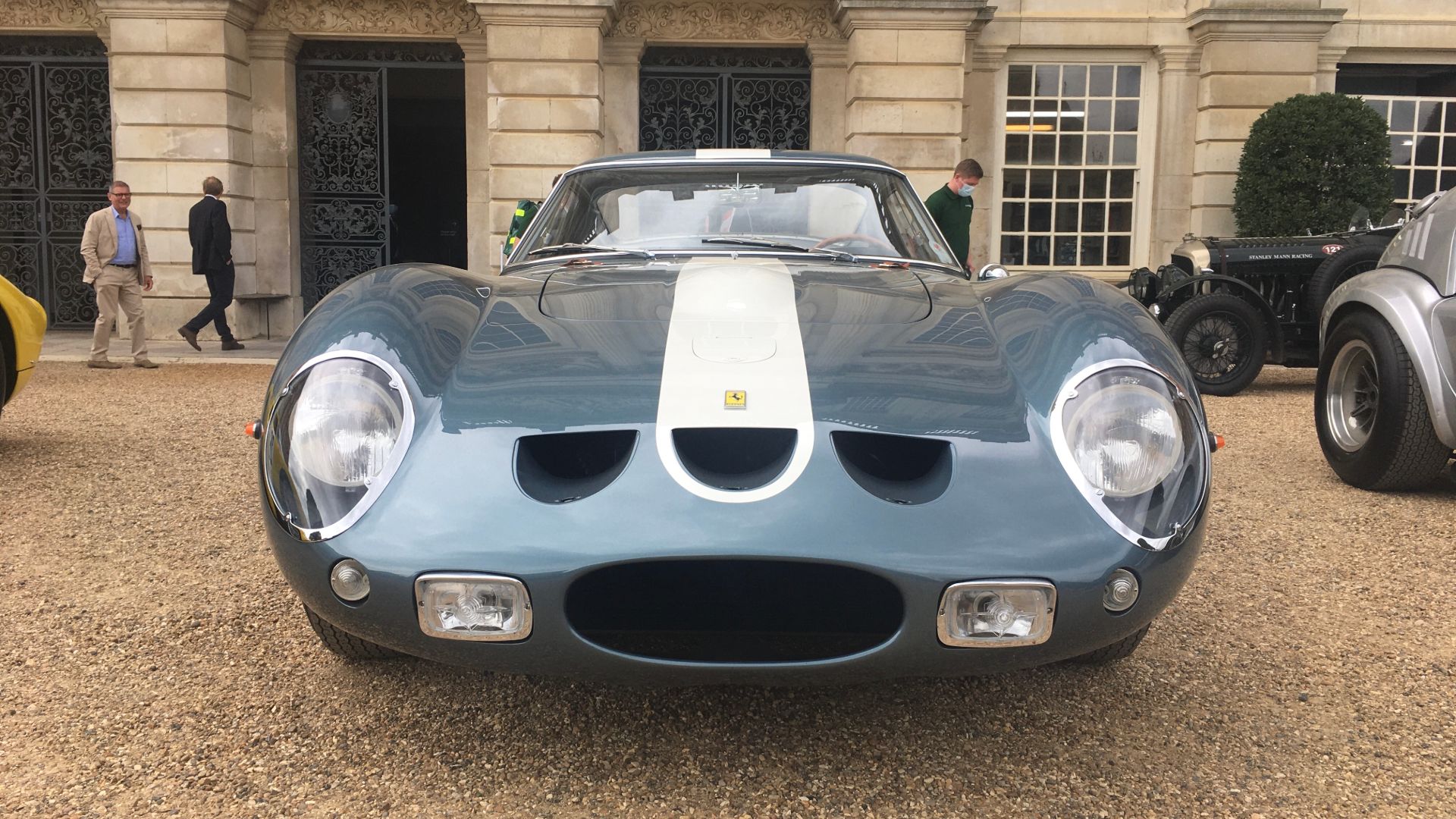
Most of the classics paraded sedately into the gardens behind Hampton Court Palace. Not the Ferrari. Its arrival was announced by a snarl of V12 and a scrabble of tyres. “She doesn’t like traffic and she doesn’t like to be kept waiting,” Joe later told me.
Parking alongside a Ferrari 275 P2 (the 1965 Targa Florio winner, also restored by his workshop), Joe clambers out and I take a closer look. Painted in the blue and white livery of the NART racing team, the GTO is fabulous. Less dainty than many Ferraris of this era, it combines feminine curves with masculine muscle.
As the original factory prototype (chassis number 3387GT), this is the only 250 GTO with a riveted rear spoiler – incorporated as part of the bodywork on later cars. It’s also rather short on creature comforts, as Joe explains…
Simple pleasures
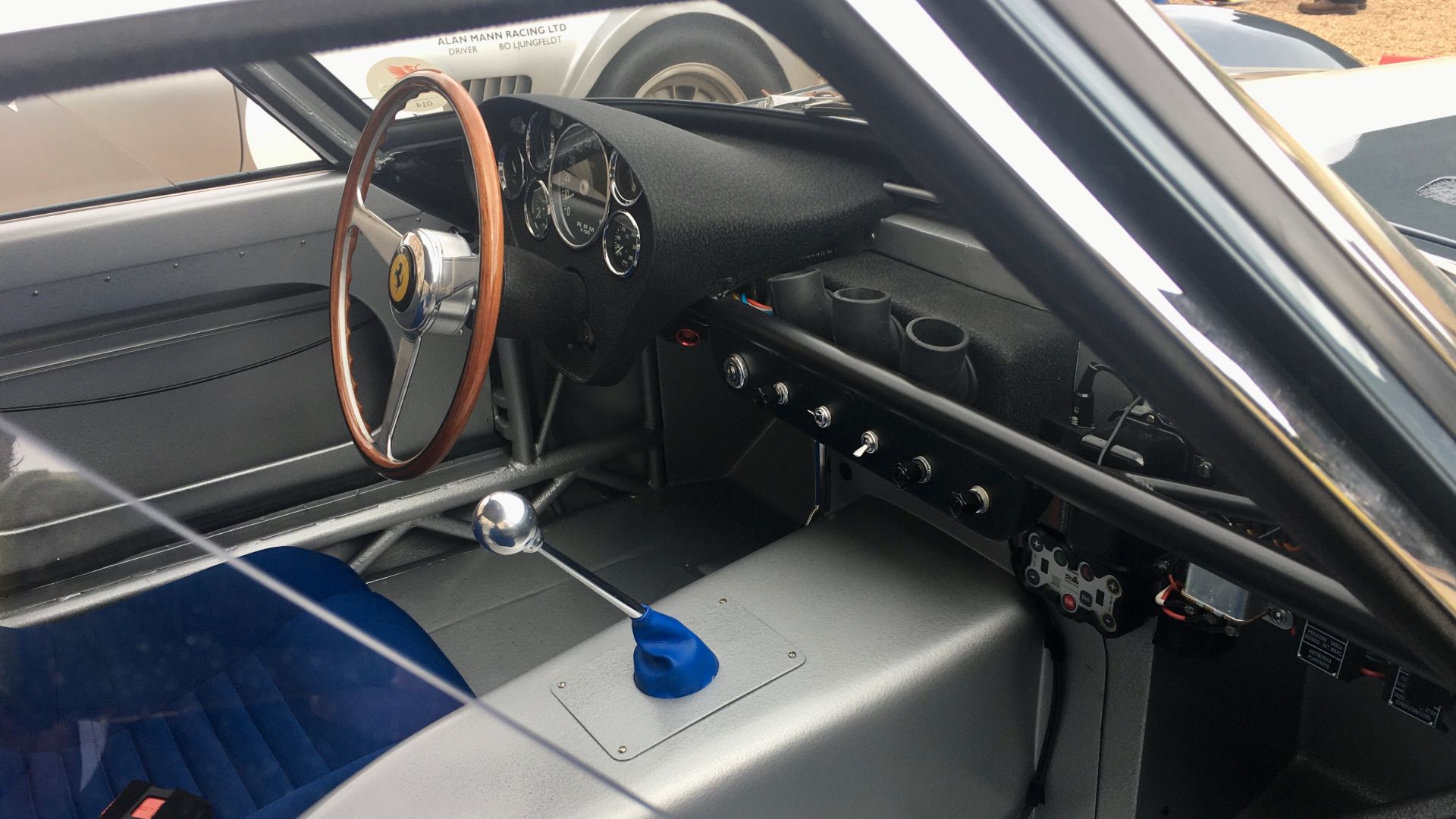
Peering through the GTO’s sliding side windows, I see a cabin that’s basic, bordering on masochistic. There are no carpets and no trim, the seats are thinly padded and half the dashboard is missing. Even the classic open-gate Ferrari gearbox has been plated over.
That’s all intentional. “We restored the car to exactly how it looked in 1962,” explains Joe. “Because this was the prototype, certain parts hadn’t been finalised.”
The view over the Ferrari’s thin-rimmed wooden wheel is hugely evocative – and hugely expensive (more on that shortly). It’s easy to forget this was once a hard-working race car.
Second at Sebring
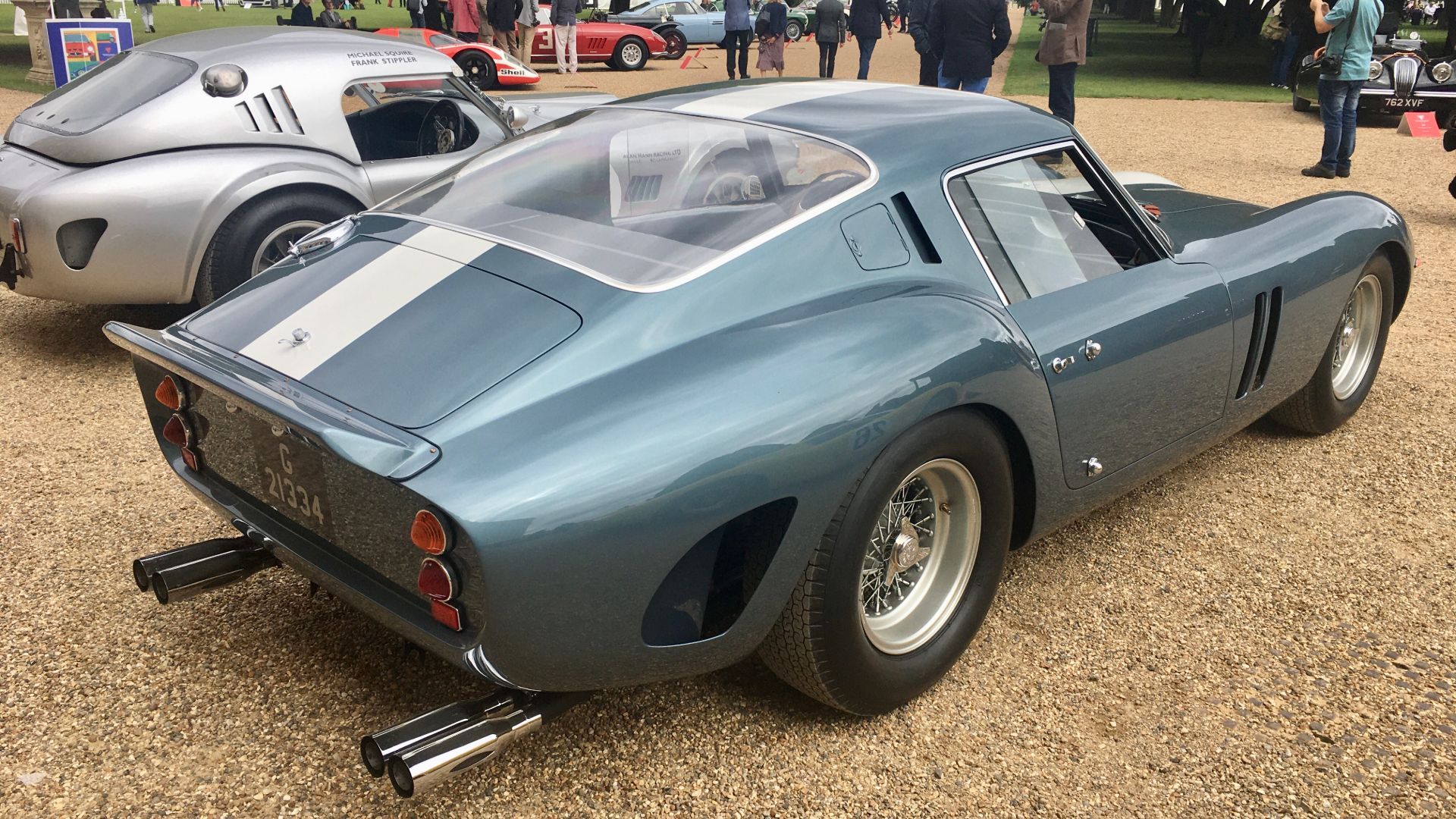
Indeed, this particular GTO finished second in the 12 Hours of Sebring in 1962, driven by then-Formula One world champion Phil Hill alongside Olivier Gendebien. It was beaten by another Ferrari: the 250 Testa Rossa of Jo Bonnier and Ludovico Scarfiotti.
The car later raced at Le Mans and Daytona, taking on other GT-class cars such as the AC Cobra and Aston Martin DB4 GT Zagato.
More generally, the 250 GTO won the FIA GT championship three years in a row, plus two victories in the Tour de France Automobile, before being retired from racing in 1965.
Maranello magic
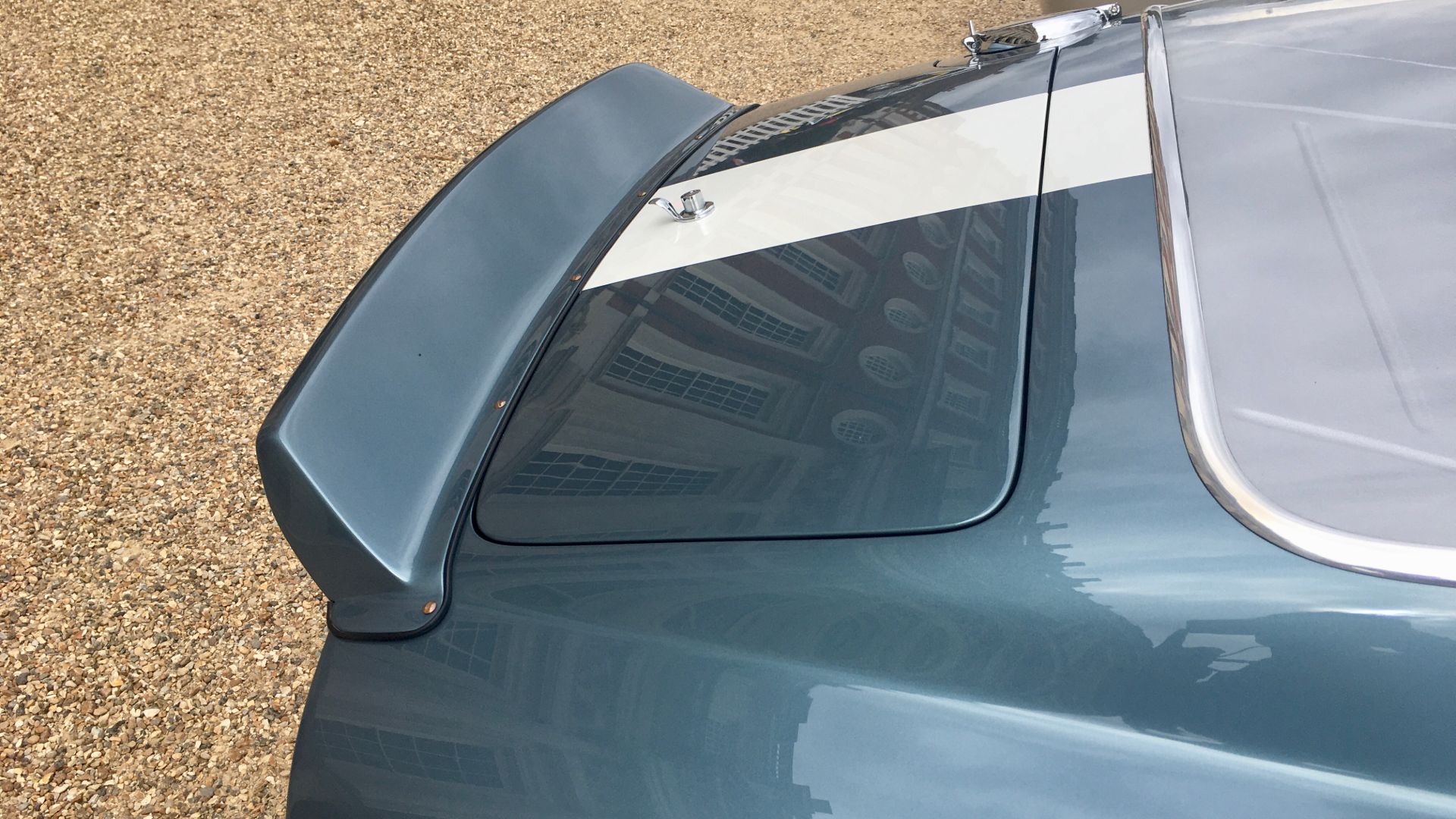
“The GTO is the reason Ferrari is Ferrari,” says Joe, underlining the car’s pivotal role in the Maranello myth. “Drive one and you realise how far ahead of its time the car was. It feels distinct, even from other Ferraris of the period.”
How about some specifics? “Well, it steers beautifully, stops securely and the gearshift is crisp, although you have to learn your way around it. Also, it feels so balanced. It will write you a letter before it breaks away.”
Discussing the 300hp 3.0-litre Colombo V12, Joe is even more effusive: “It’s very cammy, and likes to be between 4,500 and 8,000rpm. The carburettors are either on or off. But drive in a positive way, without holding back, and a 250 GTO is just magical.”
A piece of history
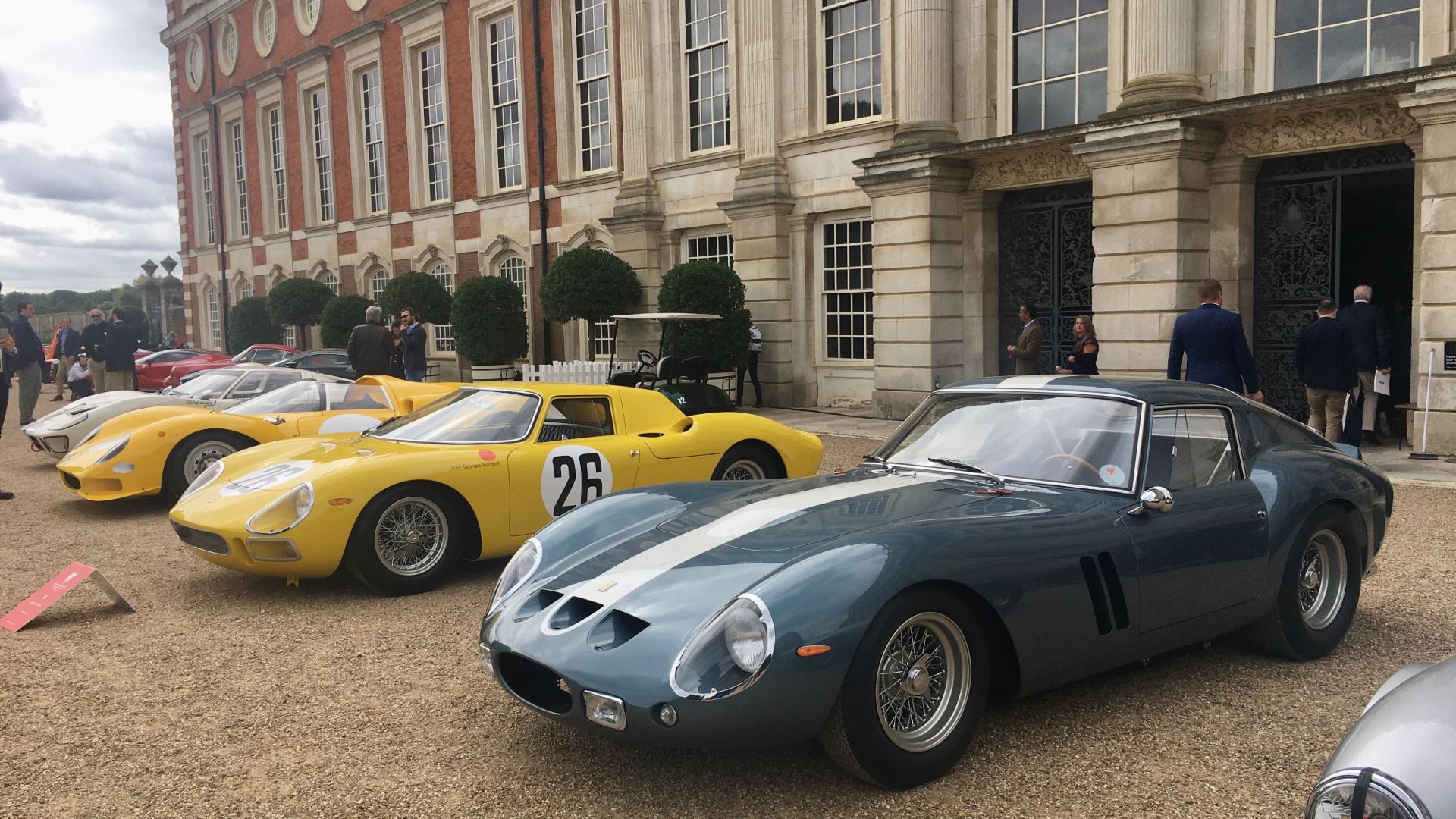
After decades around classic Ferraris, you might expect Joe to feel a bit blasé. Far from it. “I’m still like a child with a jar full of sweets,” he smiles.
As for the GTO’s value, a 1963 model (chassis number 4153GT) sold for $70 million (£53.1 million) in 2018, making it the world’s most expensive car. This Ferrari is likely in the same ball-park, although Joe refuses to dwell on that.
“The value is irrelevant to me,” he says. “I’m just looking after a piece of history – and it’s a huge privilege to do so.”
ALSO READ
Lotus Esprit S3 review: Retro Road Test



[…] Ferrari 250 GTO: Joe Macari on driving the ultimate classic car […]
[…] Ferrari 250 GTO: Joe Macari on driving the ultimate classic car […]